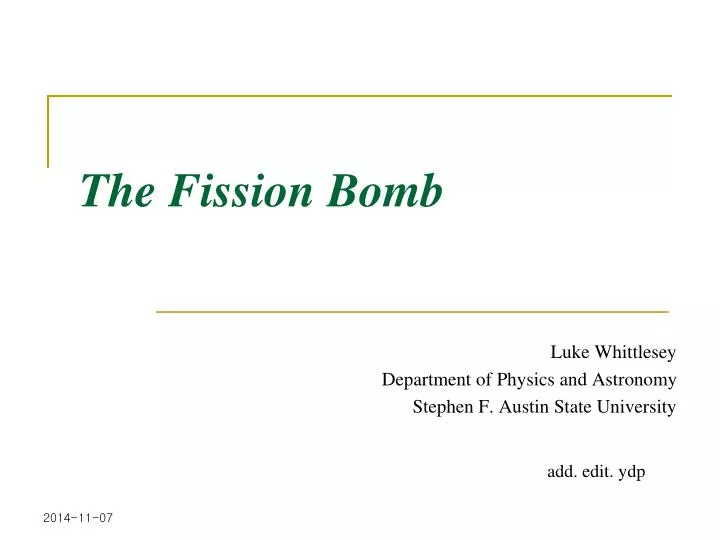


Neutron radiation is often called indirectly ionizing radiation. Neutron imaging is commonly used in the nuclear industry, the space and aerospace industry, as well as the high reliability explosives industry. Neutrons can also be used for imaging of industrial parts termed neutron radiography when using film, neutron radioscopy when taking a digital image, such as through image plates, and neutron tomography for three-dimensional images. Neutron radiation is also used in Boron Neutron Capture Therapy to treat cancerous tumors due to its highly penetrating and damaging nature to cellular structure. The reactions with nitrogen-14 lead to the formation of carbon-14 ( 14C), widely used in radiocarbon dating.Ĭold, thermal and hot neutron radiation is most commonly used in scattering and diffraction experiments, to assess the properties and the structure of materials in crystallography, condensed matter physics, biology, solid state chemistry, materials science, geology, mineralogy, and related sciences. Most of them activate a nucleus before reaching the ground a few react with nuclei in the air. A few reactors ( fast neutron reactors) and all nuclear weapons rely on fast neutrons.Ĭosmogenic neutrons, neutrons produced from cosmic radiation in the Earth's atmosphere or surface, and those produced in particle accelerators can be significantly higher energy than those encountered in reactors. Common neutron moderators include graphite, ordinary (light) water and heavy water. In most fission reactor designs, the nuclear fuel is not sufficiently refined to absorb enough fast neutrons to carry on the chain reaction, due to the lower cross section for higher-energy neutrons, so a neutron moderator must be introduced to slow the fast neutrons down to thermal velocities to permit sufficient absorption. To achieve an effective fission chain reaction, neutrons produced during fission must be captured by fissionable nuclei, which then split, releasing more neutrons. Thermal neutrons are similar in energy distribution (the Maxwell–Boltzmann distribution) to a gas in thermodynamic equilibrium but are easily captured by atomic nuclei and are the primary means by which elements undergo nuclear transmutation. The neutrons in nuclear reactors are generally categorized as slow (thermal) neutrons or fast neutrons depending on their energy. The combination of an alpha particle emitter and an isotope with a large ( α, n) nuclear reaction probability is still a common neutron source.

Neutron radiation was discovered from observing an alpha particle colliding with a beryllium nucleus, which was transformed into a carbon nucleus while emitting a neutron, Be( α, n) C. Large neutron sources are rare, and usually limited to large-sized devices such as nuclear reactors or particle accelerators, including the Spallation Neutron Source.

Neutrons may be emitted from nuclear fusion or nuclear fission, or from other nuclear reactions such as radioactive decay or particle interactions with cosmic rays or within particle accelerators.


 0 kommentar(er)
0 kommentar(er)
